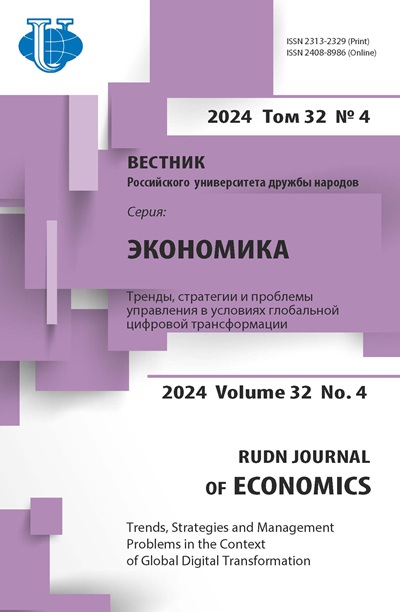Аннотация
С момента вступления в эпоху биоэкономики экономика биотехнологической отрасли, представляемая биофармацевтической промышленностью, влечет за собой новую волну технологической революции. Стратегическое развертывание Китая в сфере экономики фармацевтической промышленности достигло значительных результатов, однако по-прежнему наблюдается большой конкурентный разрыв по сравнению с США и другими биомедицинскими державами. Цель исследования - изучить американский биомедицинский рынок и выяснить существующий разрыв, оказывающий влияние на развитие биомедицинской индустрии в Китае и других странах. Для проведения анализа методов исследования международной конкурентоспособности фармацевтической промышленности в работе используется Алмазная модель Портера. Базируясь на примере США, анализируются конкурентные преимущества в шести аспектах: элементы биомедицинской промышленности, структура предприятия и конкуренция, условия спроса, соответствующие и поддерживающие отрасли, правительство и возможности развития. Исходя из этого, даются рекомендации, направленные на формирование политики, способствующей развитию биологической фармацевтической промышленности Китая.
















